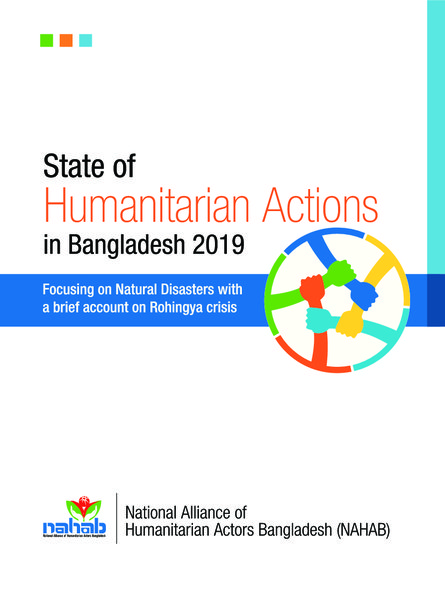
Bangladesh is susceptible to a variety of disasters including cyclones, earthquakes, droughts, storm-surge and flooding. In addition, the country encounters other manmade hazards such as fires and infrastructure collapses. Bangladesh is also vulnerable to climate change due to its location in South Asia.
Bangladesh has made the paradigm shift from the conventional response and relief oriented approach to the comprehensive disaster management framework. Important elements in this are the structural interventions such as construction of embankments, cyclone shelters, and others. There have also been non-structural investments such as the establishment of the Disaster Management Committees at all levels, government policies and programs, as well as notably the community-based cyclone early warning system and response mechanisms. Taken altogether they contributed significantly in reducing the impacts of disasters in the country. The trend has been reversing with data suggesting that better preparation for and response to disasters are improving over time and thus dramatically reducing the number of lives lost albeit not necessarily in term of economic devastation. Since Independence, there had been a number of major disaster events, which were used as trigger points to design and launch some major policy initiatives that make Bangladesh a role model for disaster management globally.
In 2017 Bangladesh faces a number of disasters and humanitarian situation. In early April the flash flood damage the crop in the haor region which is followed by land slide in Chittagong and Cox’s Bazar, Cyclone Fani, un expected flood in northern Bangladesh and huge influx of forcedly displaced people from Myanmar. However, the Government of Bangladesh with the support from INGO, NGO and Development partners take the challenge and responded very successfully. 2018 and 2019 the country faced a few numbers of disaster compare to 2017.
National Alliance of Humanitarian Actors Bangladesh (NAHAB) took an initiative to document the disaster made impact in Bangladesh from 2017 – 2019. The publication tried to compile the situation and how the government and other stakeholders jointly combat the situation. This publication also included the different thematic areas in the field of the Humanitarian Response. This publication will help the humanitarian professional in Bangladesh to benchmark the state of actions as on 2019.
